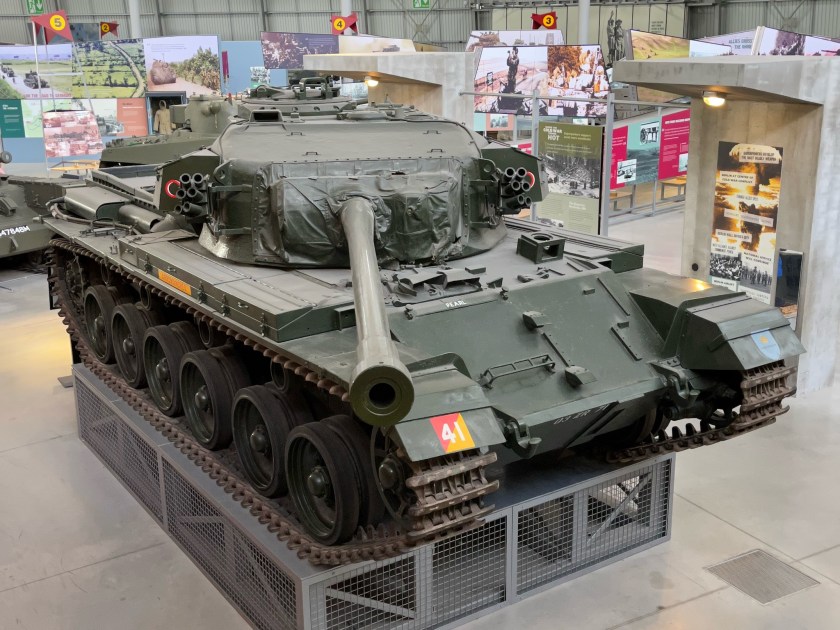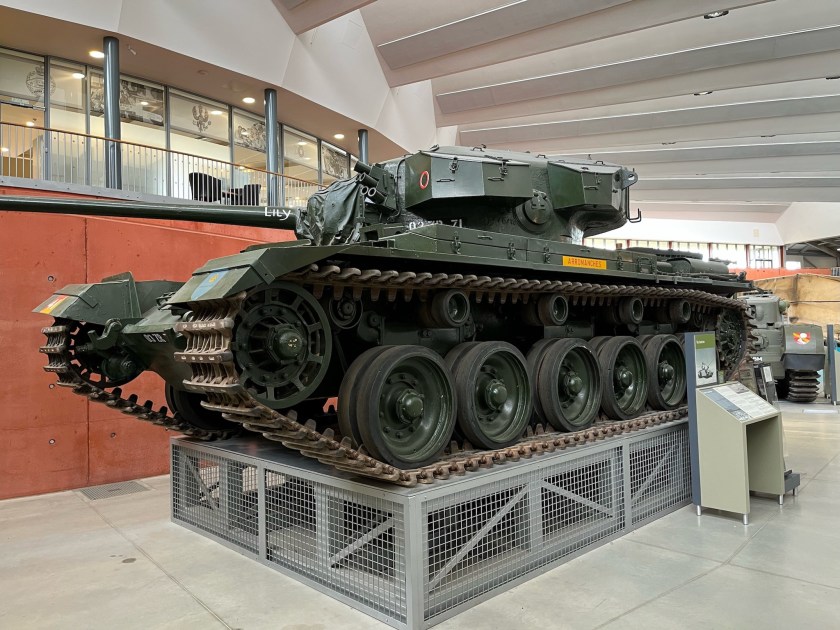One of the Clash of Steel Starter Sets have been on my wants list ever since I found out about them at the beginning of the year. I ordered Operation Unthinkable boxed set containing the British and German tanks. There are 17 tanks in the box, of which four are the Centurion Tanks. They can be constructed as a range of variants.
The Centurion tank was one of the most successful post-war tank designs. It was introduced in 1945, just too late to see combat in the Second World War. However, it went on to serve in a number of conflicts, including the Korean War, the Vietnam War, and the Arab-Israeli wars. The Centurion was a well-balanced tank with a good mix of armament, armour, and mobility. It was armed with a 105mm rifled gun, which was capable of firing both high-explosive and armour-piercing rounds. The Centurion’s armour was also very effective, and it was able to withstand the fire of most enemy tanks. The tank was also highly mobile, and it was able to keep up with the latest advances in tank warfare.
For the first model I put together, I went with the Mk3. I did think about the Mk1 initially, but I did think I would initially model two Mk3 tanks and two Mk1 tanks, however in the end I decided I would model all four models as Mk3 Centurions. I modelled them with various variations though, including missing skirts.
The next step was a white undercoat.
I wanted to give the models some shadow, so I sprayed the underneath of the model with Army Painter Colour Primer: Angel Green.
Then the models were sprayed with Army Painter Army Green Spray. I wasn’t too happy with the result after the paint had dried, that I gave the models a second coat (in places) to ensure coverage across the models.
Next stage will be painting the tracks.






































